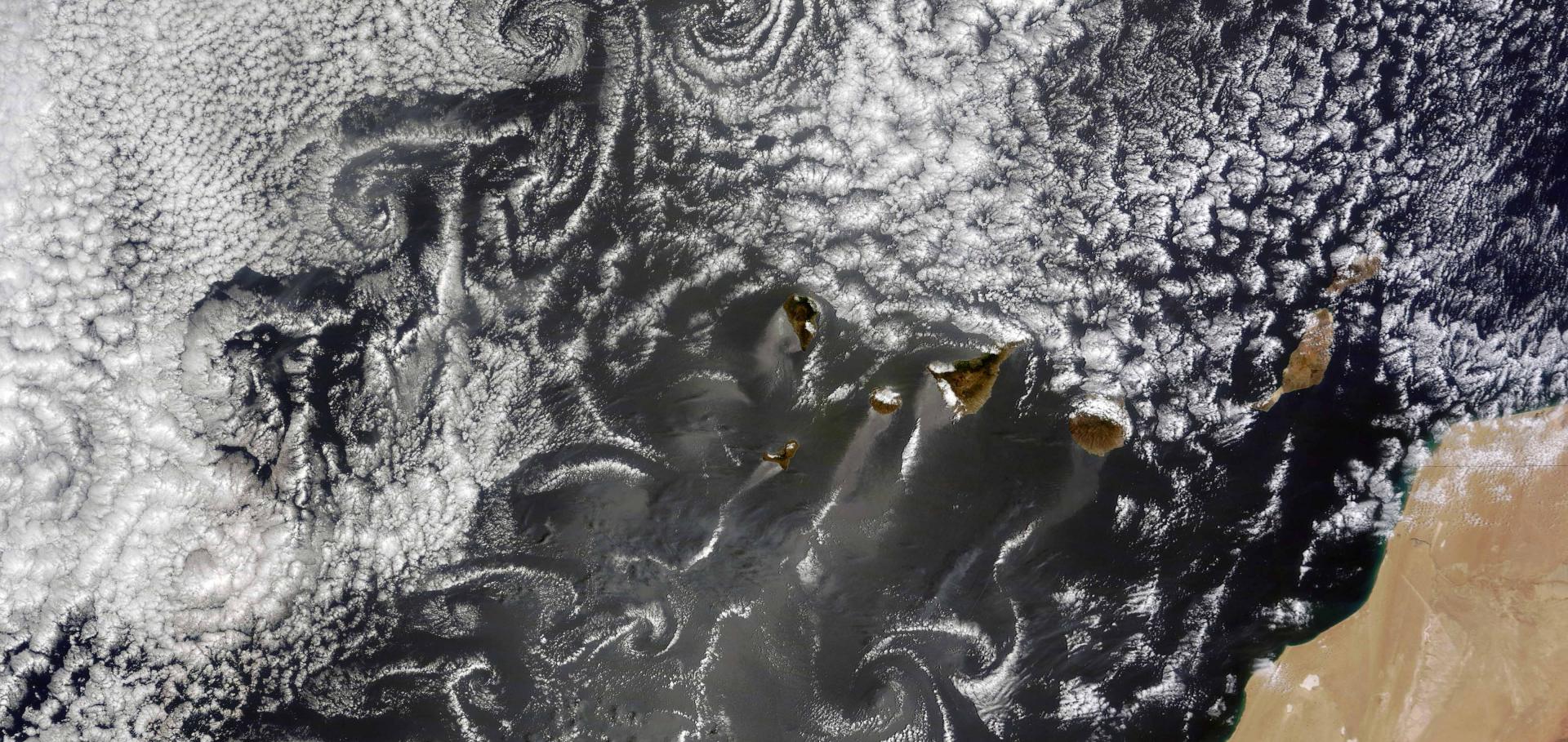Constraint on precipitation response to climate change by combination of atmospheric energy and water budgets
npj Climate and Atmospheric Science Nature Research (part of Springer Nature)

Professor of Atmospheric Physics